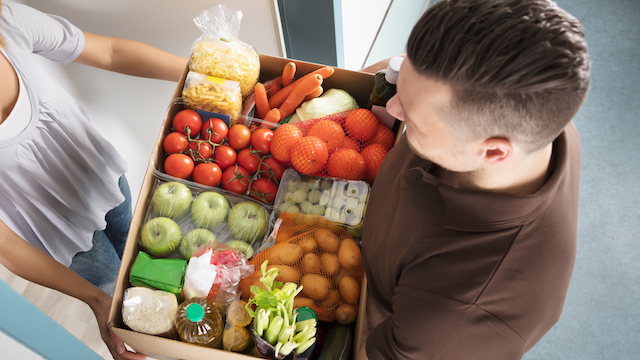Asia’s big-box grocers are forecast to grow on average 3.5 per cent a year between 2016 and 2021, according to international grocery research organisation IGD research.
It says the large-format stores will have a key role despite coming under pressure from the growth of other retail channels and changing shopper behaviour.
“When the first modern-trade retailer entered Asia in the early 1990s with hypermarket and supermarket formats, we expected traditional trade, mainly family-owned grocery chains and small independent stores, to be gradually eliminated,” says IGD head of Asia-Pacific Nick Miles. “However, traditional trade is still going strong in most of the region, and the shape of retail is changing once again.
“Online grocery shopping is starting to gain a foothold across all markets, and convenience stores are seeing a surge in growth, too – often at the expense of big-box formats.”
Despite these challenges, he says, in markets where modern retail is starting to take off, large formats are still often the go-to option for new players to create shopper excitement. In markets where modern trade is already established, retailers are on the front foot by repurposing these stores so they meet future demands.
“As in other parts of the world, one of the key challenges facing large-format grocery retailers is rising property prices as well as increasing competition. Retailers in markets like China and Thailand have been quick to respond to this test, slowing down new-space growth to focus more investment on existing stores, downsizing their stores and converting space into malls, with complementary retail and foodservice offers targeted at families. These tenants bring in both extra rental income and create a stronger retail destination, helping drive higher footfall.”
Miles says Asia’s big-box retailers – and their suppliers – still have opportunities if they can engage cleverly and in a meaningful way with their shoppers.
Domestic challenge
Aeon, Walmart and Auchan are the top three hypermarket and supermarket retailers in the region, driven by strong store networks in China and Japan. However, domestic players are also developing a strong presence, such as Yonghui and SM Retail in China and the Philippines respectively.
“Big-box retailers could consider several different tactics to encourage greater engagement with their shoppers. One way would be to create a real sense of excitement about grocery shopping, which can be hard to replicate online. Chef demos or competitions in-store can boost brand appeal, as well as celebrating special dates or anniversaries, which can in turn be used as an opportunity for shoppers to trial new products.
”Social media is another great way to engage with shoppers – launches, in-store events and food fairs can grab lots of attention through digital-media sites, if done properly.
“Suppliers to large-format retailers also need to consider how much standards are being raised on freshness and ensure they are innovating in this area with strong communication of their fresh credentials.
“And what about private label? These products are no longer considered a cheap alternative, so if you are a private-label supplier, remember they can also be part of a high-quality range and should be marketed as such. Bigger retailers can have a key role to play here.”
The 10 retailers tracked by IGD were Aeon, Auchan, Carrefour, CRV, Dairy Farm, Shinsegae, SM Retail, Tesco, Walmart and Yonghui.






